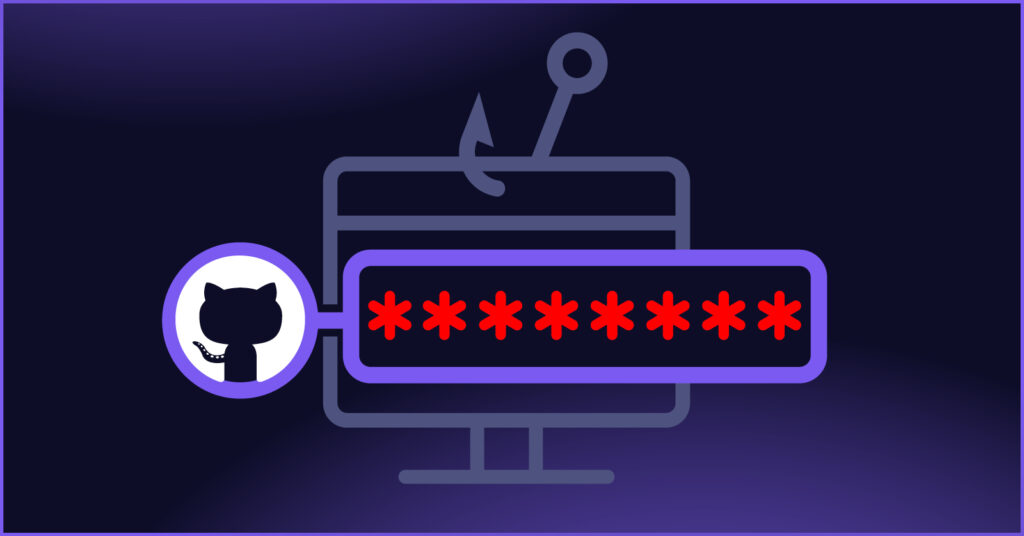Cybersecurity knowledge and tools from the Praetorian team.

Catch our latest exploits, news, articles, and events.
Privacy Policy | Responsible Disclosure Policy | Terms of Service | Terms and Conditions
Copyright © 2025. All Rights Reserved.